Fermented foods are not only a cornerstone of Japanese cuisine but also a symbol of its cultural heritage and dedication to health. From savory miso and soy sauce to tangy pickles and sweet amazake, fermentation techniques have been passed down through generations. This guide explores the fascinating world of Japanese fermented foods—from their traditional roots to their health benefits and global appeal.
What Are Japanese Fermented Foods?
Fermentation in Japan is more than just food science—it’s an art. This section introduces the foundation of Japanese fermentation and how it differs from other cultural practices.
A Brief Definition of Fermentation
Fermentation is a natural process in which microorganisms like bacteria, yeasts, and molds break down sugars and other compounds. In Japanese cuisine, fermentation not only preserves food but also enhances flavor, texture, and nutrition.
How Japanese Fermentation Differs from the West
Unlike Western fermentation which often focuses on alcohol and sourness, Japanese fermentation emphasizes umami—the savory fifth taste. Ingredients like rice, soybeans, and fish are fermented using a unique mold called koji.
The Role of Koji Mold in Japanese Fermentation
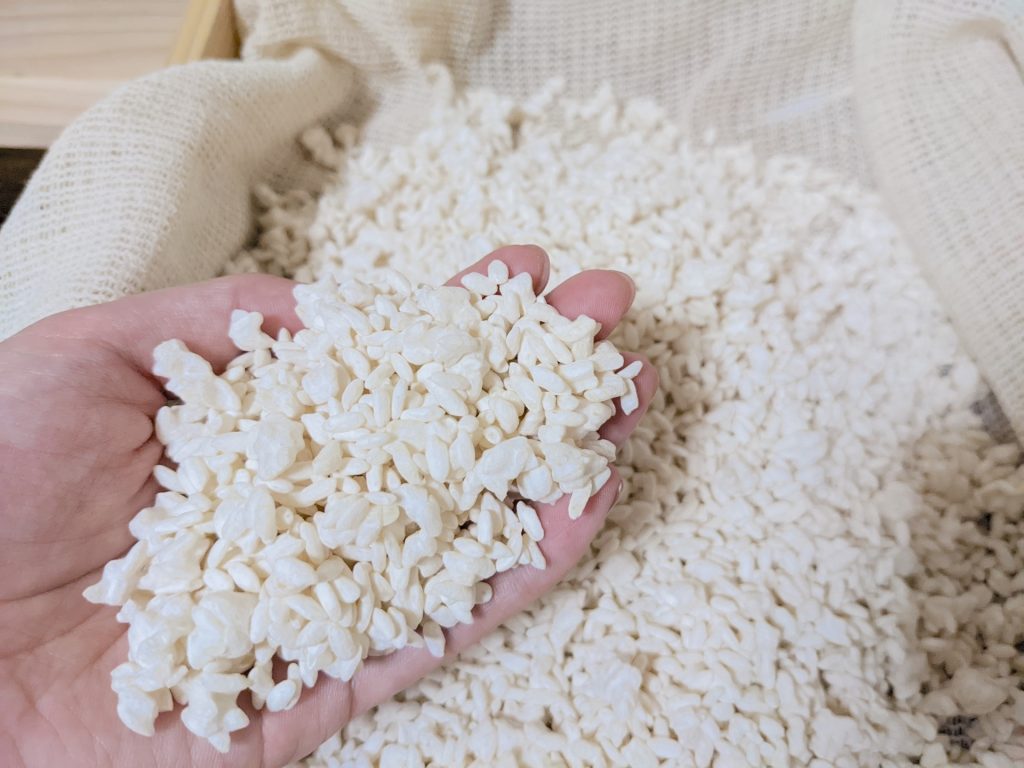
Koji (Aspergillus oryzae) is a cornerstone of Japanese fermentation. It produces enzymes that break down starches and proteins into sugars and amino acids, developing rich flavors in products like miso, soy sauce, and sake.
The Cultural Roots of Japanese Fermented Food Traditions
Japanese fermentation is deeply embedded in daily life, religious rituals, and seasonal events. Families have historically passed down fermentation techniques for generations, shaping local food culture.
10 Popular Types of Japanese Fermented Foods You Should Know
Curious about what makes Japanese fermented foods so special? Here’s a rundown of the most common types, from everyday staples to regional delicacies.
Miso: Made from Soybeans
A fermented soybean pastes with rice or barley and salt, miso is used in soups, marinades, and dressings. It ranges in flavor from sweet and mild to rich and salty. For more information on miso, see below.
Soy Sauce: Made from Soybeans
Known as shoyu, soy sauce is a liquid condiment made by fermenting soybeans and wheat with koji. It adds umami depth to dishes worldwide. For more information on soy sause, see below.
Natto: Made from Soybeans
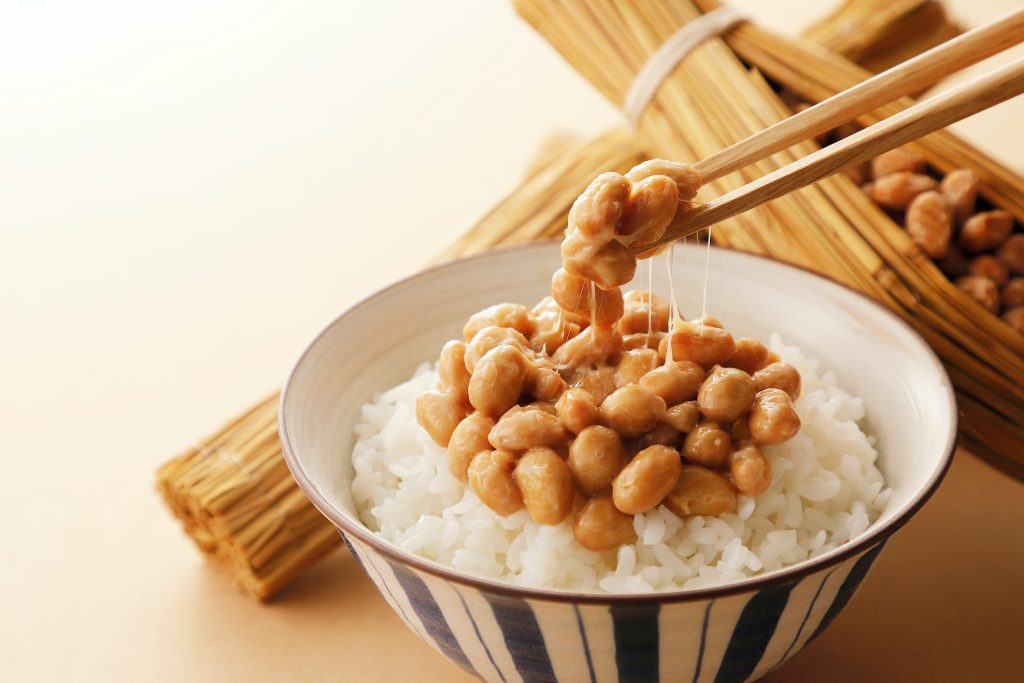
Sticky, strong-smelling, and in probiotics, natto is a traditional breakfast food known for its health benefits.
Sake: Made from Rice
Japanese rice wine brewed with koji and yeast. Sake fermentation involves multiple parallel processes and is enjoyed warm or chilled. For more information on sake, see below.
Amazake: Made from Rice Koji or Sake Lees
A naturally sweet, low- or non-alcoholic drink. Made by fermenting rice with koji or using the byproduct of sake brewing.
Rice Vinegar: Made from Rice
Rice vinegar is fermented from rice and used in sushi, pickling, and dressings. It has a mild, slightly sweet flavor. For more information on rice vinegar, see below.
Tsukemono: Fermented Pickles
These Japanese pickles vary by region and are often made using rice bran, miso, or sake lees. They accompany meals and aid digestion.
Fermented Fish (e.g., Narezushi, Shiokara)
Narezushi is a traditional form of fermented sushi, while shiokara is made from salted fermented fish viscera. These are regional delicacies.
Koji: Shio-, Genmai-, Tamanegi-, and More
Koji can be fermented on salt (shio-koji), or brown rice (genmai-koji), or onion (tamanegi-koji), each offering unique fermentation qualities. For more information on koji, see below.
Katsuobushi (Bonito Flakes)
Fermented, smoked, and dried bonito flakes used to make dashi, the fundamental broth of Japanese cuisine. For more information on katsuobushi, see below.
Health Benefits of Japanese Fermented Foods
Japanese fermented foods aren’t just tasty—they’re powerful allies for health and well-being. This section highlights the main benefits backed by modern nutrition science.
Gut Health: Good Bacteria and Digestion
Fermented foods introduce beneficial bacteria that support the gut microbiome, improve digestion, and may ease issues like bloating.
Improving Immune Function
A healthy gut is linked to a stronger immune system. Japanese fermented foods are rich in probiotics, enzymes, and nutrients.
Stability of Mind, and Overall Wellness Support
Emerging research suggests gut health impacts mental wellness. The amino acids and nutrients in fermented foods may support mood balance and energy levels.
How Japanese Fermented Foods Are Used in Washoku (Traditional Japanese Cuisine)
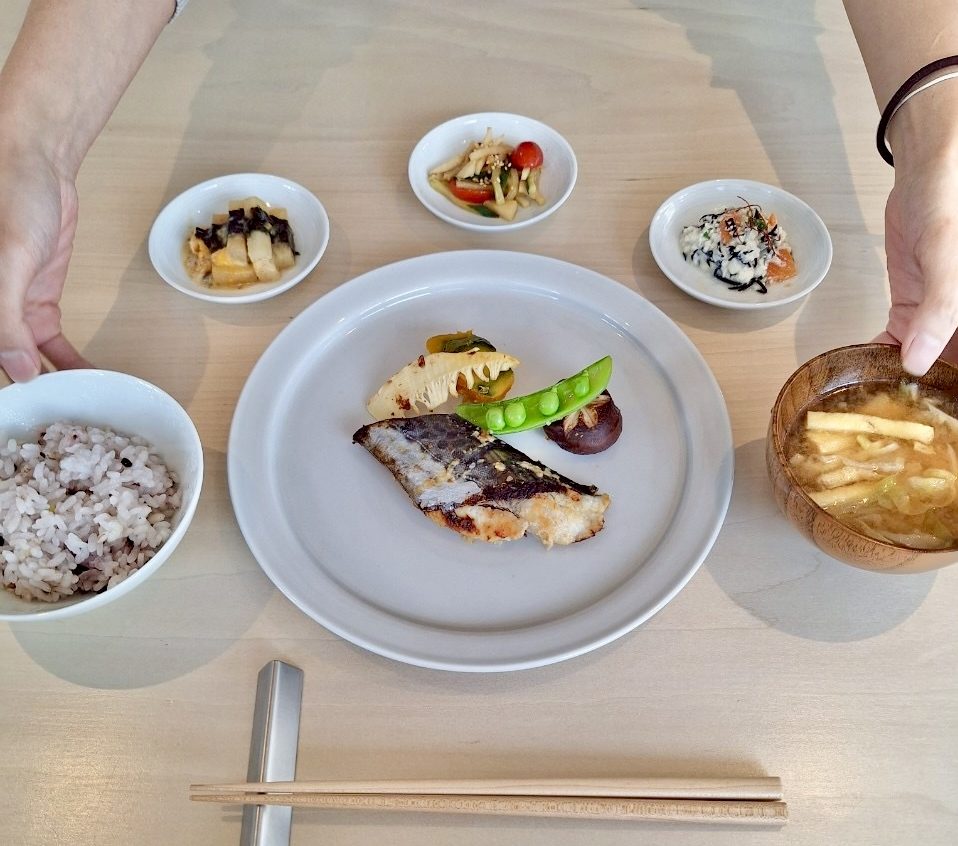
Fermented foods are integral to washoku, Japan’s UNESCO-recognized culinary heritage. Here’s how they enhance daily meals and fine dining alike.
Everyday Staples: Miso Soup, Pickled Side Dishes
Miso soup is a daily dish in many households. Pickled vegetables (tsukemono) offer crunch, color, and probiotic benefits.
Flavor Enhancement and Umami Balance
Fermented foods provide deep umami, allowing for less reliance on animal fats and salt. They’re key to achieving harmony in washoku.
Modern Culinary Uses: Plant-Based, Raw, and Gourmet Trends
Chefs are now incorporating fermented ingredients into modern, plant-based, or raw dishes to enhance both health and flavor profiles.
Why Japanese Fermented Foods Are Gaining Global Popularity
From Tokyo to New York, fermented Japanese foods are trending. But why now? Here are the factors fueling their global rise.
Growing Interest in Gut-Friendly Diets
Fermented foods align with wellness trends like gut health, clean eating, and longevity diets.
Japanese Fermentation in Fine Dining
International chefs are using miso, koji, and soy sauce in innovative ways—from sauces to desserts.
Media, Chefs, and Influencers Promoting Fermented Japanese Foods
Social media and documentaries have spotlighted the health and cultural value of Japanese fermentation.
How to Start Using Japanese Fermented Foods at Home
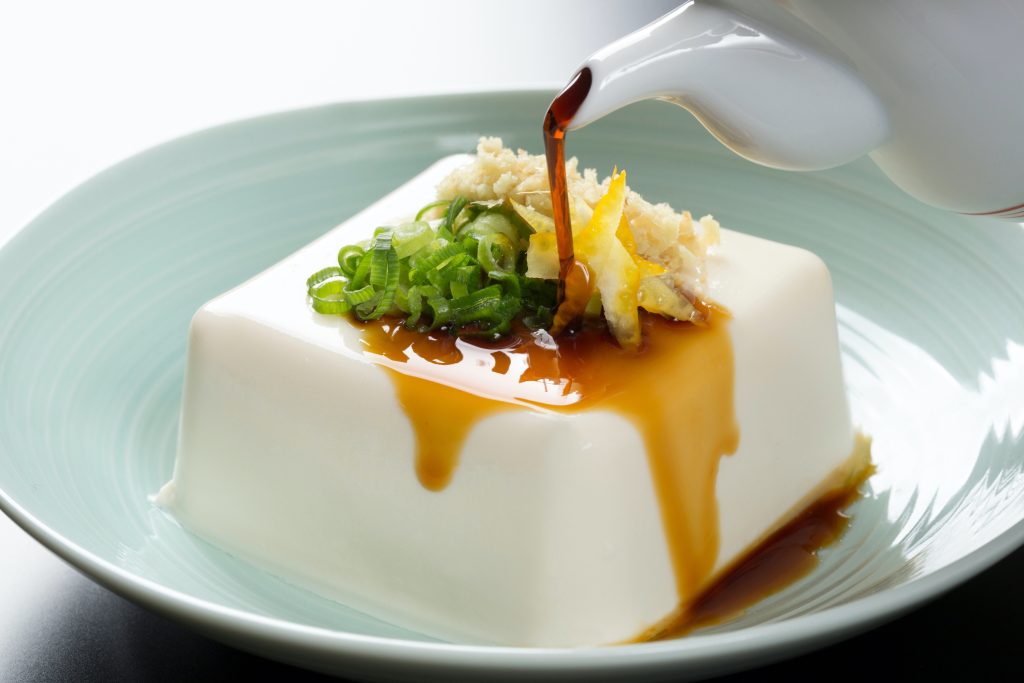
Bringing fermented Japanese ingredients into your kitchen is easier than you think. Let’s explore where to start.
Where to Buy Authentic Japanese Fermented Products
Look for miso, natto, soy sauce, and amazake at Asian grocery stores or reputable online shops that focus on natural fermentation.
Simple Ways to Incorporate Fermented Foods (No Recipes Needed)
Add miso to salad dressings or soups. Drizzle soy sauce over vegetables. Mix natto with rice. Enjoy amazake as a natural sweetener.
How to Experience Japanese fermented foods in Real Life
Want to go beyond the supermarket? There are immersive ways to explore Japanese fermented culture firsthand.
Join a Fermentation-Focused Culinary Program in Japan (For Food Professional)
Designed for serious learners, this intensive, long-term program will allow you to learn, practice and expand your professional horizons, using your senses and intellect, produced by a Japanese fermentation expert and registered dietitian. Please see below for details.
Participate in a 1-Day Japanese Fermentation Cooking Class
Great for travelers or hobbyists, these workshops let you make and taste miso, shio-koji, and more—often in rural or artisan settings. See above for details ( 耀 Hikari website ) .
Buy Japanese Fermented Products in Your Country and Explore at Home
You don’t have to be in Japan to enjoy fermented food. Many quality products are now exported. Use them to enhance your daily meals.
Want to Learn More About Japanese Fermented Foods? Join Our Free Newsletter
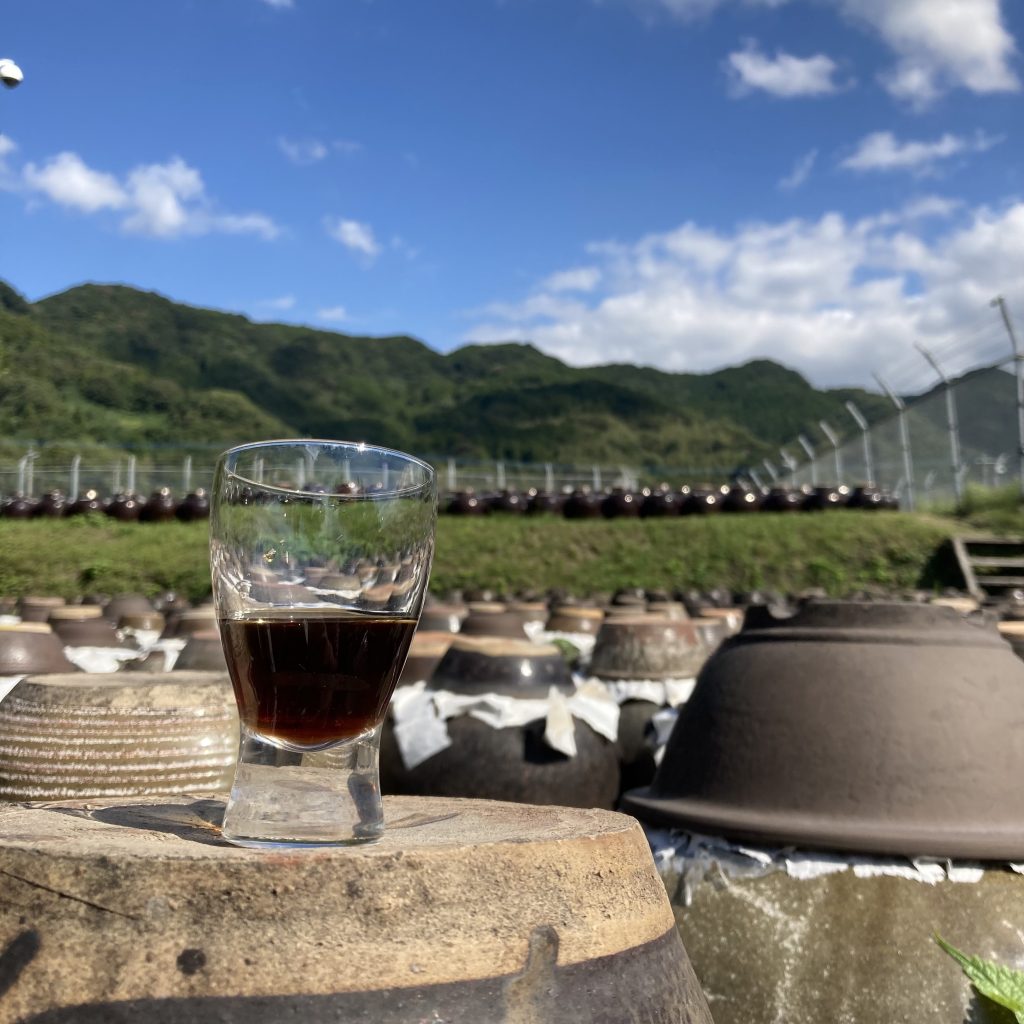
Are you passionate about Japanese food and fermentation culture? Sign up for our free newsletter to receive curated content including the latest on traditional and modern fermentation, behind the scenes in Japan, and the latest on our workshops and learning programs. Whether you’re a professional or just starting your journey, we’ll guide you deeper into the world of Japanese fermented foods—direct to your inbox.
” 耀 Hikari ” – gastronomy
Conclusion: Japanese Fermented Foods Will Change the Way You Eat
Japanese fermented foods are more than just a culinary trend—they are a time-honored tradition rooted in health, sustainability, and flavor. From gut health to gourmet innovation, they offer something for every palate and lifestyle. Start exploring today, whether by tasting, cooking, or studying, and transform your approach to food from the inside out.
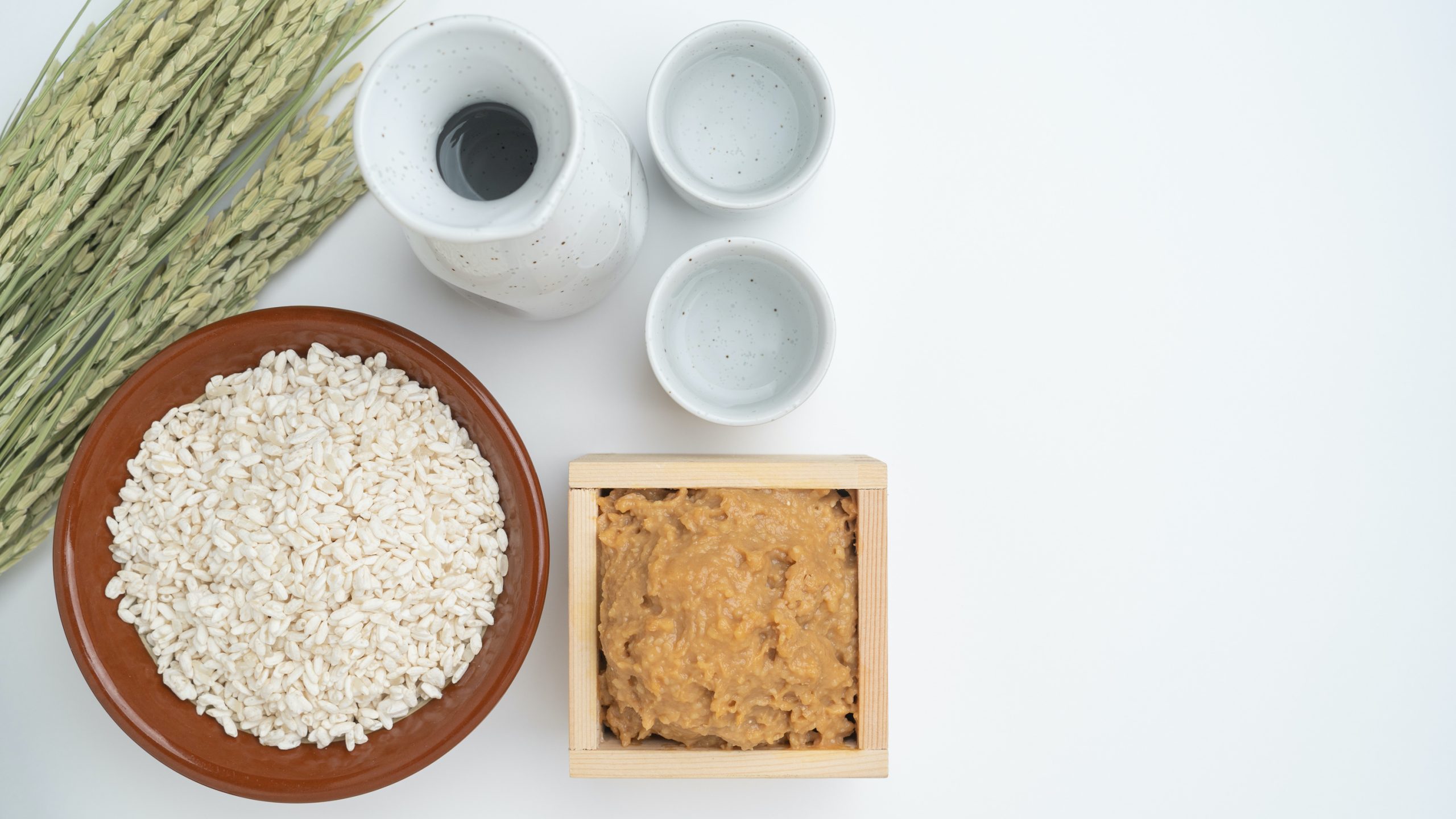
No responses yet